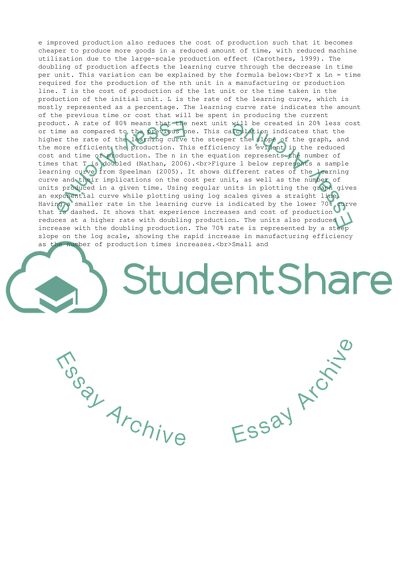Cite this document
(The Learning Curve Assignment Example | Topics and Well Written Essays - 2000 words, n.d.)
The Learning Curve Assignment Example | Topics and Well Written Essays - 2000 words. https://studentshare.org/management/1870913-the-learning-curve
The Learning Curve Assignment Example | Topics and Well Written Essays - 2000 words. https://studentshare.org/management/1870913-the-learning-curve
(The Learning Curve Assignment Example | Topics and Well Written Essays - 2000 Words)
The Learning Curve Assignment Example | Topics and Well Written Essays - 2000 Words. https://studentshare.org/management/1870913-the-learning-curve.
The Learning Curve Assignment Example | Topics and Well Written Essays - 2000 Words. https://studentshare.org/management/1870913-the-learning-curve.
“The Learning Curve Assignment Example | Topics and Well Written Essays - 2000 Words”. https://studentshare.org/management/1870913-the-learning-curve.


